Temple of Ramses II, UNKNOWN DESIGNER, Egyptian, ABU SIMBEL, Egypt, 1250 BC
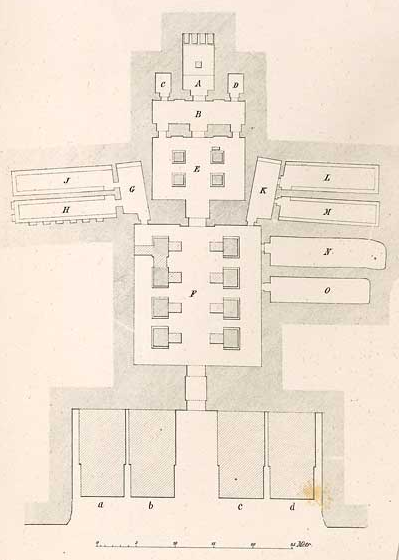
Plan drawing of Temple of Ramses II
Temple of Ramesses II is a SUBTRACTIVE tomb located near the west bank of the Nile River in UPPER EGYPT. The tomb is completely subtracted from the mountainside (image 1), in opposition to the ADDITIVE nature of Temple of Khons. Not only has Temple of Ramesses II been subtracted deep into the mountain, but the cliffside has also been subtracted to create the front face of the temple. The front façade is composed of four colossal statues of Ramsses II. Not to be confused with the PYLON from Temple of Khons, they create a similar effect by establishing verticality and monumentality.
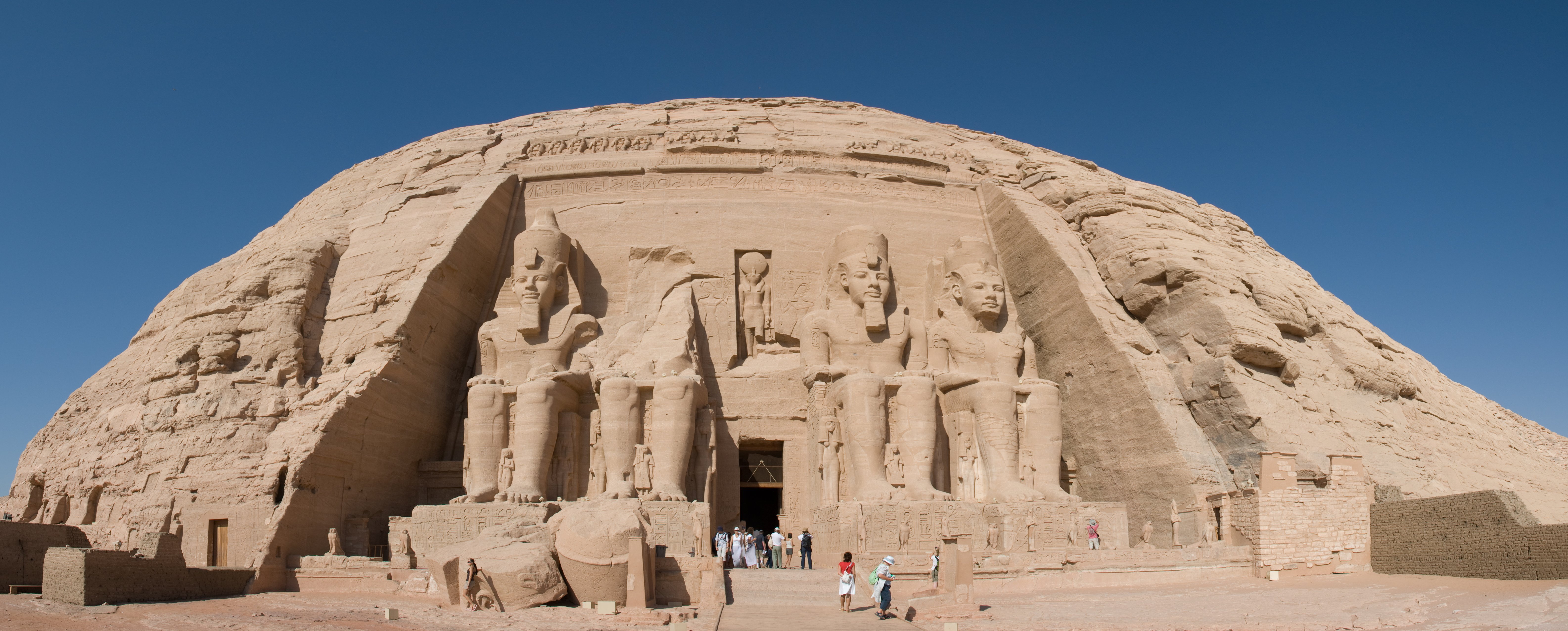
Image 1: Entrance of the tomb showing the subtraction from the mountainside
The entrance is located symmetrically on center between the four statues. The plan is TELESCOPING from larger to smaller chambers along a central AXIS with the SANCTUARY at the end of the sequence. Each chamber is defined by colossal statues along the perimeter of the rooms (this space is not a HYPOSTYLE HALL) (image 2). Though there are minor moments of asymmetry, the larger ideal of the plan is reinforcing SYMMETRY. The section reveals the limited interior occupiable chambers. Each part telescopes with a change in ceiling and walls reinforcing the HIERARCHY of the SANCTUARY, not only in plan but also section. The rear façade of the sanctuary is one hundred and eighty feet deep into the mountain and designed with a connection to the sun on specific days of the year.
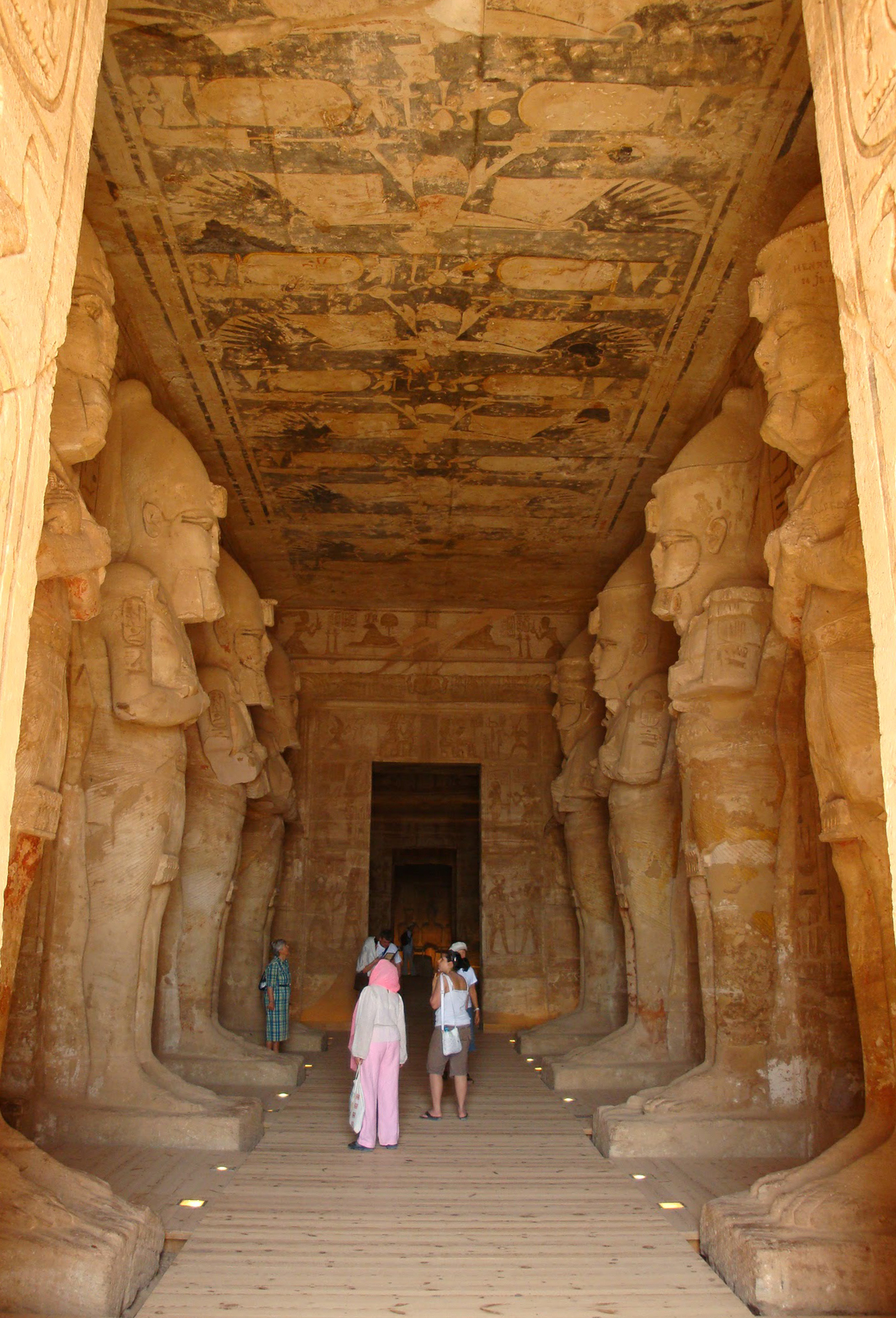
Image 2: Statues along the perimeter of the first hall of Temple of Ramesses II
The Egyptians were master builders, aligning constructions to the cardinal directions, specific constellations or the sun on particular days of the calendar. At Temple of Ramesses II, the position of the tomb was aligned so that the first rays of sunrise on the equinoxes (in February and October) would illuminate the face of Ramesses II on the back wall of the sanctuary.
The February date was close to the King’s birthday and coronation, hence the specific geographical connection and alignment. It’s impressive to consider how the Egyptians not only built almost two hundred feet into a mountain maintaining structural integrity and also finesse this alignment. Geographical alignments are discussed on additional topics such as the Pyramids of Giza.
The tomb is located in Abu Simbel in Upper Egypt near the banks of the Nile River. There have been major changes to this area including the addition of the Aswan Dam in 1960 just north of Temple of Ramesses II (Nile River flows from south to north). Upstream of the dam flooded sites near the Nile and the original Temple of Ramesses is now deep under water surface level. The Egyptians were ambitious, not only building the dam but rebuilding several of the most important monuments that would be lost underwater. This included the rebuilding of Temple of Ramesses II above the new water line including not only interior spaces but the mountain that defined the subtractive tomb and an adjacent tomb (image 3). The rebuilding included removing the four colossal statues from the front façade and placing them in the new location (image 4). In the 1960’s, the Egyptians are using modern construction equipment, including cranes and power equipment. The monumental task of recreating a mountain and recreating the original tomb is impressive even in modern times (image 5). The Egyptians aren’t the only culture recreating important monuments because of dramatic landscape changes caused by dams. With multiple dams recently built in China, many monuments and entire towns have been flooded underwater. Humans’ attempt to control nature and water for our contemporary uses is dramatically changing history. In a few fortunate circumstances, such as Temple of Ramesses II, preserving these important monuments has been possible for future generations.
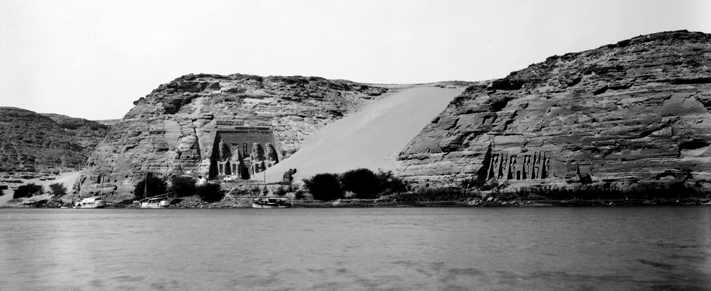
Image 3: View of Temple of Ramesses II in proximity to other temples preserved in restoration
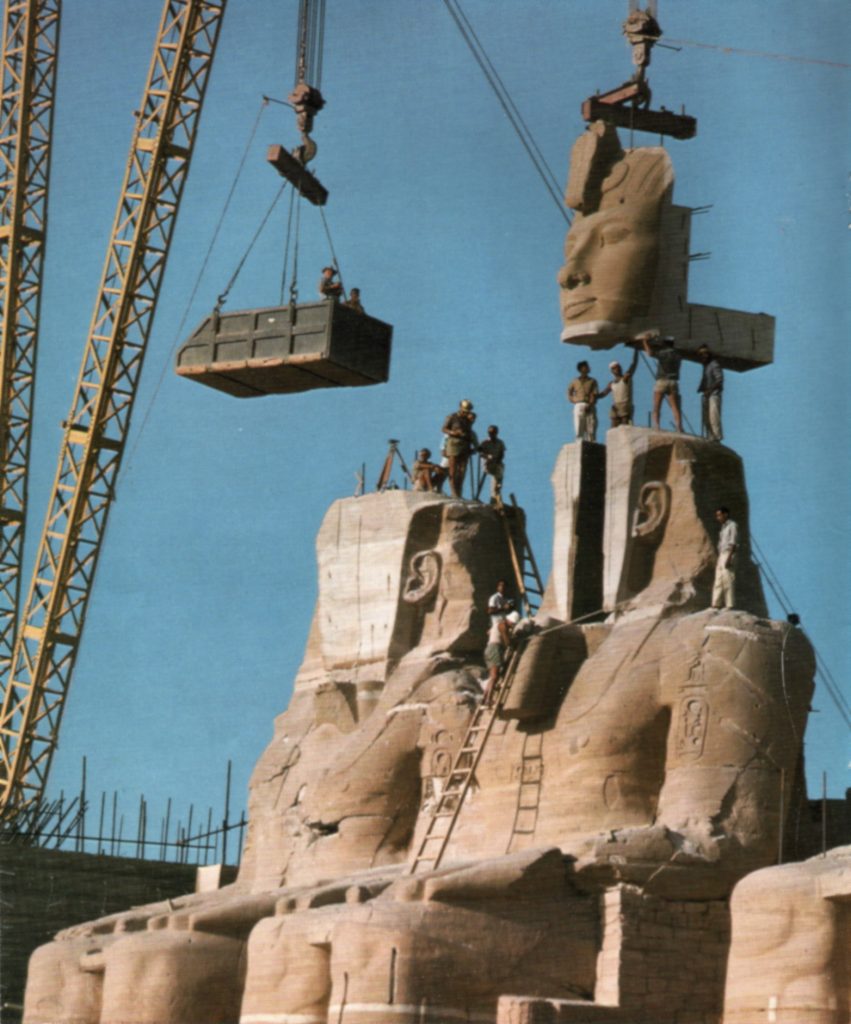
Image 4: Restoration of Temple of Ramesses II (relocation of statues)
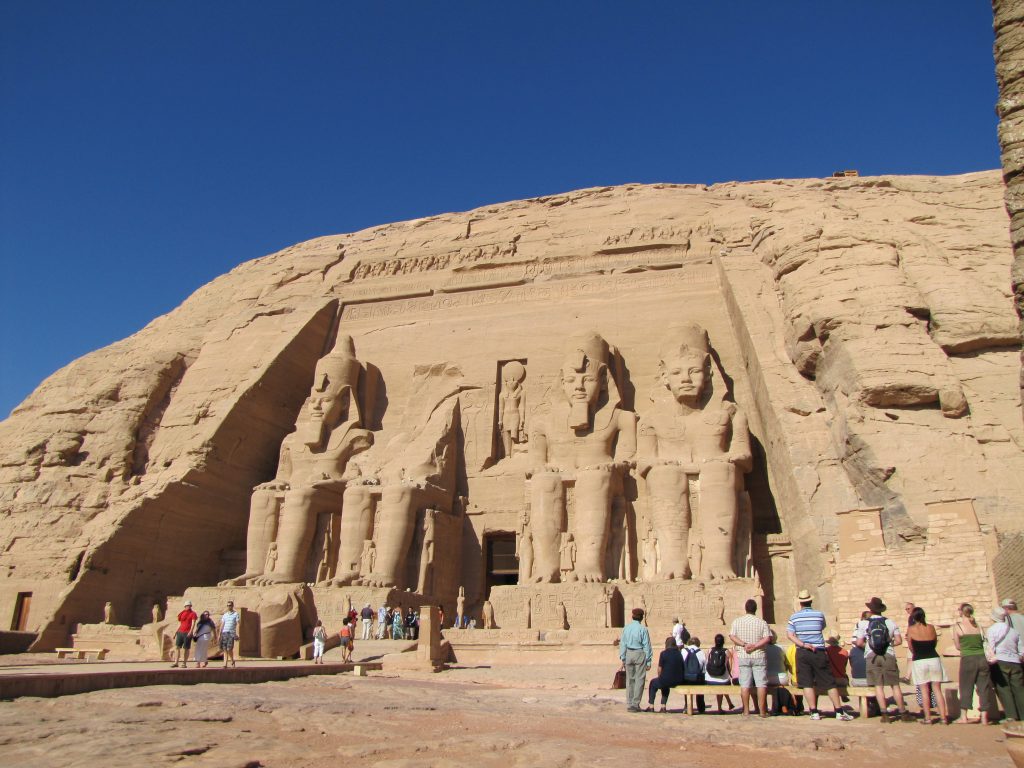
Image 5: Closer view of Temple of Ramesses II front facade
Media Attributions
- Plan Drawing of the Temple of Ramesses II is licensed under a Public Domain license
- Image Showing Entrance to Temple of Ramesses II © Norman Walsh is licensed under a CC BY-NC (Attribution NonCommercial) license
- Interior View of the Temple of Ramesses II © Luciobocchi is licensed under a CC BY (Attribution) license
- Historical Image of the Temple of Ramesses II is licensed under a Public Domain license
- Temple of Ramesses II Construction © Per-Olow Anderson is licensed under a Public Domain license
- King Ramesses II Temple at Abu Simbel © David Berkowitz is licensed under a CC BY (Attribution) license
A reduction or deletion of mass or parts. The difference between dematerialization and subtractive is that dematerialization is specifically a reduction in structure.
an addition of materials or parts to create the whole
an entryway or gateway to the Egyptian temple, generally composed of two trapezoidal shapes with entry in the center
Space changing in width and/or height, either decreasing or increasing volume of space. Telescoping can occur in either plan with wall placement or section by either floor and/or ceiling position.
an imaginary line organizing space; could be linear, radial, symmetrical or asymmetrical
The most hierarchical area of the Egyptian temple, usually smaller in scale. Could be location of altar or religious ceremony, but most likely a space for only the holiest of people to enter.
a hall created by a datum of columns, with or without roof
an equal or like reflection about an axis (linear, radial, etc.)
a space that is more important than another in project; could be because of scale, function, location or for other reasons
